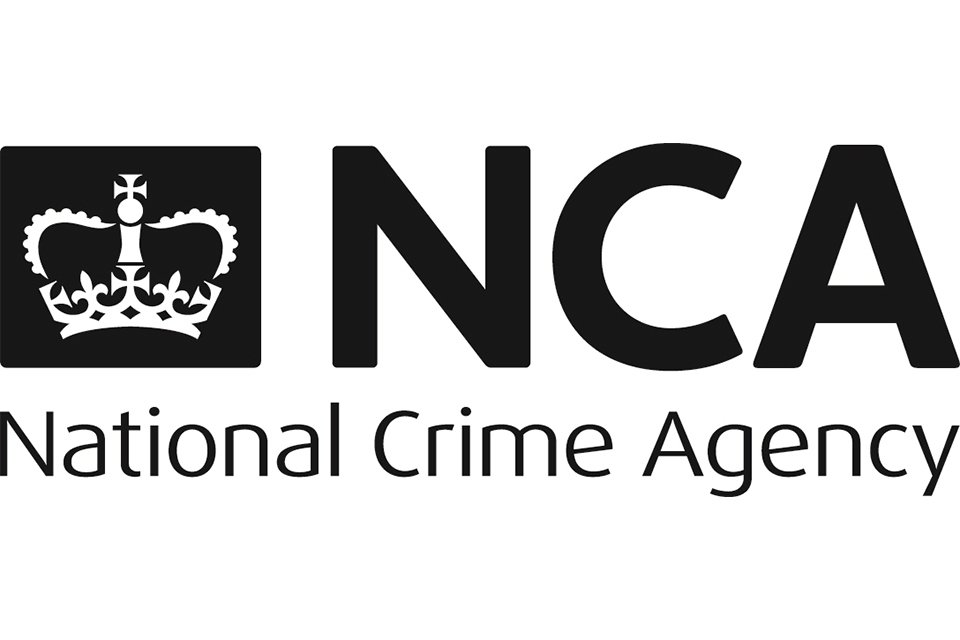Remediation programmes are often complex, protracted, and not a lot of fun. Whether it’s due to a spike of alerts, remedying control failings, or fixing regulatory findings, managing it alongside the day-to-day can be tough.
Our guide, ‘Follow The Yellow Brick Road: A Pathway to Successful Remediation’ highlights that a crucial part of remediation planning is knowing when to seek external support. Often firms wait too long to engage external consultancy support; things have already gone wrong, deadlines have been missed, and the pressure to deliver is high.
How to determine whether you need support
There is no one size fits all approach to managing remediation programmes. Sometimes, your remediation programme may not need a consultancy firm to assist; you may have surplus resources to deploy or the scope is small. In our guide we shared some key questions you should consider when assessing if your remediation needs external support.
Can you realistically balance BAU with any remediation activity required?
Do you have the expertise to resolve the root cause which is prompting the remediation in the first place?
Did current operational processes cause the remediation, and does this need to be enhanced prior to commencing?
Do you have the internal skill-set to run or execute the remediation?
Do you need access to a flexible pool of resources? How quickly can they be deployed?
If you hire contractors, do you have the internal team leadership resources to manage them?
What level of resources do you need - analysts, project managers, etc.?
6 best practices for remediation programmes
At FINTRAIL, we believe there are some fundamental elements to managing remediation programmes which we outline below. Working with a trusted partner means you have access to the right resources, dedicated focus and support to deliver a sustainable and successful remediation programme.
1. Do it early
If you are considering bringing in an external firm to support a remediation project, we advise doing it early. Getting your programme structure and plan right from the outset is needed to ensure you deliver on budget and on time. We have learnt that remediations can get very complicated very quickly. Having a trusted partner to manage and troubleshoot can avoid spiralling costs and deadlines.
2. Root it out
Recent regulatory enforcements have shown that poorly managed remediation or transformation programmes can compound the original issue and lead to even more costly programmes to resolve. Remediations are often more than hiring temporary workers to clear the backlog of alerts. What comes before that is understanding and fixing the root cause to ensure that the forward-looking process is fit for purpose and, more importantly, avoid issues down the line.
3. Project management
Many heads of compliance are not project managers. While much of the role is managing different deadlines, resources and budgets, the skillset needed to deliver a remediation project differs. And more often than not, business as usual (BAU) is managed alongside remediation. Navigating remediations requires experienced teams with proven processes and methodologies.
4. Manage the narrative
This is a key theme throughout. Working with external consultants can help you define the narrative in your remediation. What are you remediating? Why are you remediating it? How will you remediate it? When will you remediate it? These are all critical components of your remediation narrative, but it's often easy to lose sight of them. Working with an external consultant can help you stick to this narrative, deal with new workstreams as they arise (they often do!), and manage the communication flow to all stakeholders.
5. Think about the end game
The relief of clearing a backlog or fixing a control is immense. But doing it without appropriate oversight and governance could come back and bite you. Managing quality through the project and having independent assurance to sign off a remediation programme is crucial. The proper oversight, challenge, and sign-off of your remediation programme will mean that you don’t need to worry about the issue rearing its head again down the line.
6. Flex your resources
Knowing how many resources you need and how to manage them can be a complicated process. What you need in phase one, will not be the same in a later phase. Different skill sets will be required at different stages, and for varying lengths of time. Having access to pre-vetted flexible resources that can be deployed at pace, and with the right skills can make a big difference on both output quality and your bottom line.
Whether you need someone to manage the project end-to-end, provide specialist advice, deploy flexible resources or provide independent sign-off, FINTRAIL supports remediation activities of different types and scales.
Why FINTRAIL?
FINTRAIL have proven experience in leading and delivering remediation programmes across the anti-financial crime lifecycle. Whether you need to redesign your target operating model, remediate CDD files or deal with a spike in alerts, FINTRAIL can provide the expertise and resource to support your remediation.
Impressive credentials: FINTRAIL is an anti-financial crime consultancy focused exclusively on the needs of global financial institutions. Our unique team of experts is drawn from the industries we support and has deep hands-on experience from leadership roles with market-leading firms.
Proven track record: We have demonstrable experience in assisting regulated entities navigate complex regulatory issues relating to customer due diligence, transaction monitoring and other anti-financial crime processes. We are very aware of the challenges the industry currently faces. We will leverage this knowledge to help you successfully navigate any remediation activity.
Tailored approach: Our approach is customised to each client’s unique circumstances, is regulatory and technology-driven, and focuses on providing excellent customer outcomes. We offer our clients pragmatic solutions to the most complex challenges. Our goal is to ensure our clients can thrive, free from the negative impacts of financial crime.
Scale and flexibility: We can assign experienced subject matter experts quickly and can rapidly deploy cost-efficient and flexible resources on demand.








































